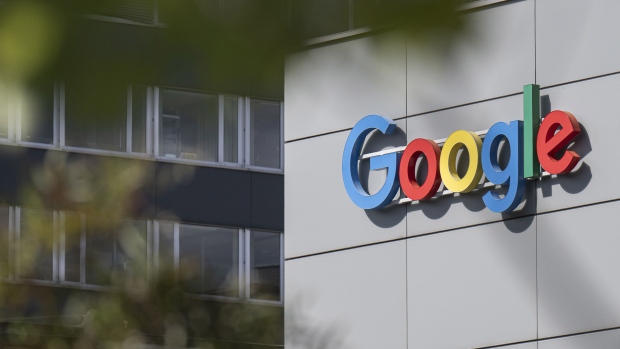MONOPOLY CAPITALI$M
Royal Bank chief executive McKay defends HSBC deal as bank reports profits up
, The Canadian Press
ROYAL BANK OF CANADA (RY:CT)
REAL-TIME QUOTE. Prices update every five seconds for TSX-listed stocks
● Close: RY:CT: 132.76
RBC chief executive Dave McKay made some of his most forceful comments yet on the importance of the federal government approving the bank's $13.5-billion takeover of HSBC Canada as the deal attracts rising opposition.
Speaking during a conference call to discuss the bank's fourth-quarter earnings after reporting a rise in profits, McKay said that a rejection of the deal would be a bad look for the country.
"It would be a very bad signal to foreign investors to not move forward with this, as we have to attract capital into this country," he said.
"Everybody understands that HSBC is leaving, has made a choice to leave, and it would look horrible on Canada if you didn't allow the free flow of capital."
His comments come after the finance committee of the House of Commons in early November called on the Finance Minister to block the deal over concerns it will hurt competition, though Liberal members abstained from the vote.
Conservative Leader Pierre Poilievre in October also called for the deal to be blocked, pointing to the Competition Bureau's finding that the bank was a rate disrupter on mortgages so its loss could leave Canadians paying higher rates.
A coalition of anti-monopoly, environmental and Indigenous groups also launched a campaign on Nov. 23 in an effort to stop the deal.
McKay emphasized on the call Thursday that the deal was good for Canada with increased taxes, increased dividends staying in the country, and that it had been thoroughly studied by the Competition Bureau that cleared the deal.
"They put enormous diligence through an extended process with tens of thousands of documents. We have to respect the process. And therefore, I remain confident given that everybody, at all levels, understand the benefits and why this is good for Canada, and why not doing it is very bad for Canada."
The bank has already been working to prepare for integrating the acquisition, reporting $203 million in spending related to it in the fourth quarter.
The spending added three percentage points to its 13 per cent expense growth from a year earlier. Other expense drivers included severance costs as it worked through the layoffs it had announced at the end of the third quarter.
Compared with end of the second quarter, RBC has cut 3,000 full time employees or about 3.2 per cent of staff.
The bank also increased its provision for credit losses to $720 million, up from $381 million a year earlier, over concerns on the macroeconomic environment.
The increase comes as McKay said an economic slowdown is already being seen. The indicators mean rate hikes are likely done even as borrowers will still be under pressure, he said.
"Given the easing pricing pressures, we believe central banks have reached the end of the tightening cycle and will pivot to rate cuts in 2024, albeit rates are expected to remain higher than pre-pandemic levels."
His comments come as StatCan reported Thursday that Canadian GDP has pulled back 1.1 per cent on annualized basis in the third quarter.
Despite rising expenses and provisions, RBC reported a fourth-quarter profit of $4.13 billion, or $2.90 per diluted share for the quarter ended Oct. 31, up from $3.88 billion or $2.74 per diluted share a year earlier.
Revenue totalled $13.03 billion in the bank's most recent quarter, up from $12.57 billion in the same quarter last year, while the bank's provision for credit losses jumped to $720 million, up from $381 million a year earlier.
On an adjusted basis, RBC earned $2.78 per diluted share in its latest quarter, unchanged from the same quarter last year.
Analysts on average had expected an adjusted profit of $2.62 per share, according to estimates compiled by financial markets data firm Refinitiv.
At the end of the call, McKay emphasized the strong liquidity of the bank, its efforts at expense cutting and its readiness to take over HSBC Canada.
"You can see the clear path toward being able to absorb HSBC, continue to build capital, and allocate capital for growth and to start returning capital to shareholders in the near future."
The bank also on Thursday announced a dividend increase. It will now pay a quarterly dividend of $1.38 per share, up three cents from $1.35.
This report by The Canadian Press was first published Nov. 30, 2023.

